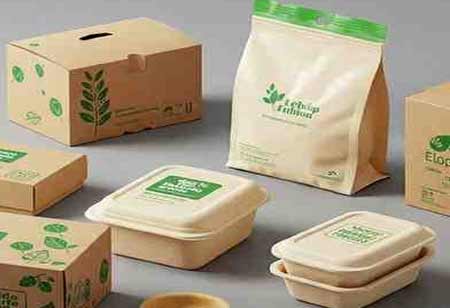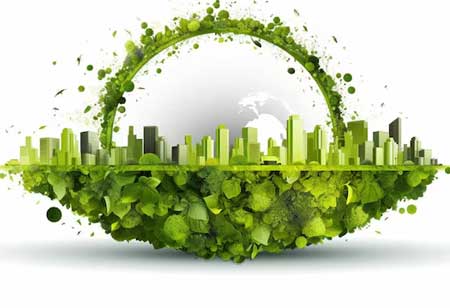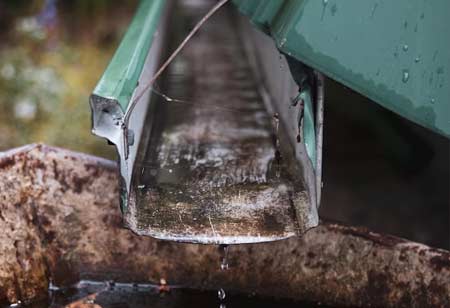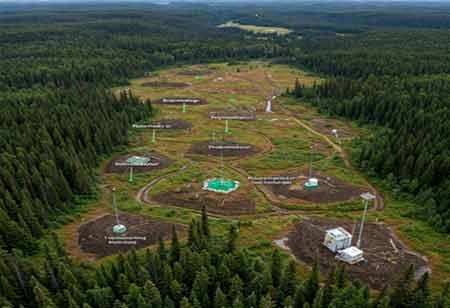Thank you for Subscribing to Environmental Business Review Weekly Brief
Sustainable Packaging Trends Paving the Way to a Greener Future
The packaging industry is experiencing a major shift, driven by increasing demand for environmentally friendly alternatives.

By
Environmental Business Review | Wednesday, August 27, 2025
Stay ahead of the industry with exclusive feature stories on the top companies, expert insights and the latest news delivered straight to your inbox. Subscribe today.
Fremont, CA:The packaging industry is undergoing a profound transformation, driven by the rising demand for sustainable and eco-conscious alternatives. Solutions providers for sustainable packaging are leading this shift, focusing on biodegradable materials and minimalist designs to reduce waste and environmental impact.
The Rise of Biodegradable and Compostable Materials
One of the most notable shifts in packaging trends is the growing adoption of biodegradable and compostable materials. Bioplastics from renewable resources, like sugarcane or cornstarch, are a key alternative to petroleum-based plastics. These materials, such as polylactic acid and polyhydroxyalkanoates, offer an environmentally friendly option for various packaging applications, from food containers to product wraps.
Compostable packaging is also gaining momentum as an essential solution to reduce waste. Unlike biodegradable materials, compostable packaging is designed to break into organic matter under specific conditions, such as in a composting environment. Materials like cellulose-based films, mushroom packaging, and plant-based fibers are increasingly used for food packaging, personal care products, and other consumer goods. These materials break down naturally, leaving no harmful residues behind and providing a more sustainable alternative to traditional plastic packaging.
Minimalist and Innovative Packaging Design
Another transformative trend in sustainable packaging is minimalist and innovative design. Consumers increasingly reject excess packaging in favor of simple, functional designs that use fewer materials and reduce waste. This trend involves cutting back on unnecessary layers of packaging, such as plastic clamshells and multi-layer wraps, in favor of more streamlined alternatives. By using fewer materials and opting for single-material packaging, brands can reduce their environmental footprint and the overall cost of packaging production.
Innovative packaging structures are also contributing to this shift. Flexible packaging made from single-material films is becoming more popular due to its lightweight nature and reduced material usage. These designs allow for the same protection and convenience as traditional packaging but with significantly less environmental impact. Refillable and reusable packaging systems are becoming more widespread, allowing consumers to repurchase products and refill their original containers, thus decreasing the demand for single-use packaging altogether.
Another aspect of this trend is the focus on designing easy-to-recycle packaging. With more consumers participating in recycling programs, packaging that can be quickly sorted and processed is essential for increasing recycling rates and minimizing waste. Companies are now prioritizing packaging that uses widely accepted materials in recycling systems, ensuring their products can be recycled effectively.





